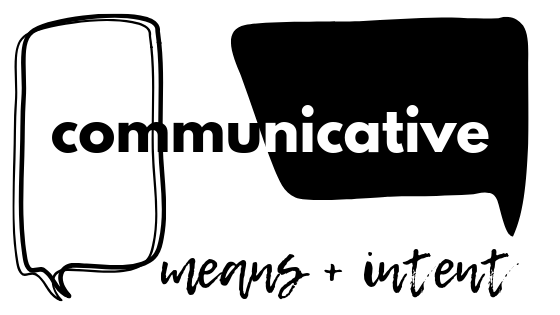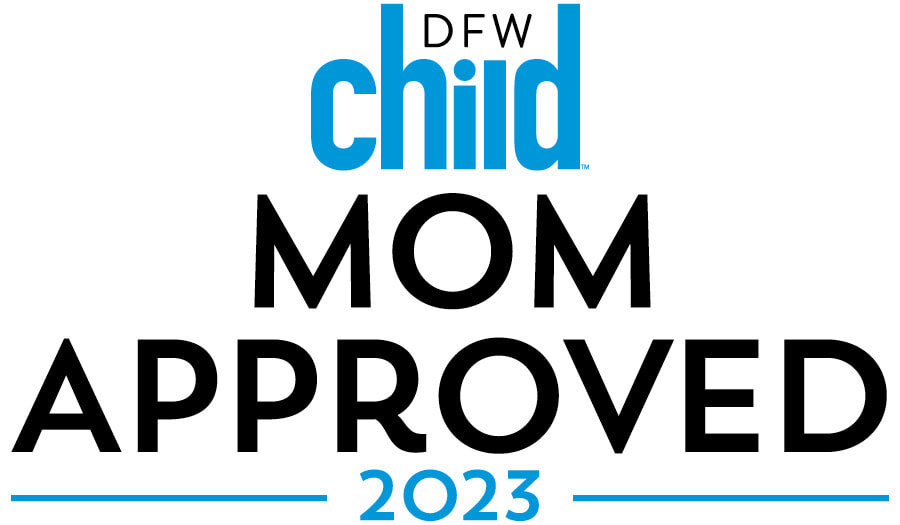Speech Happens
|
This is the phrase that I often use to explain how much social communication encompasses. I use the term social communication intentionally instead of social skills. I think social skills at times becomes limited to being able to say hi/bye, take turns, look at someone when directed, and maintain a topic for multiple exchanges. All of these skills are important, but social communication isn't just about a collection of learned skills. It's about not only what marker of communication is used, but in what context and for what purpose. To say it simply--it's not simple. Social Communication Milestones with Ages |
| EXAMPLES OF COMMUNICATIVE INTENT showing protest requesting reoccurrence requesting an object requesting an action directing someone to look initiate a conversation maintain a conversation secure someone's attention direct someone's actions terminate an action terminate an interaction | EXAMPLES OF COMMUNICATIVE MEANS eye gaze point vocalization word phrase sentence walking away push away gesture wave |
At the core, many children with social communication deficits have unconventional or limited communicative means for the communicative intent they desire to communicate. For example a child who:
The absolute BEST time to model/teach communication is when the child shows the communicative intent for that communication (means). For example, when a child grunts to secure a mom's attention, that is the time to model calling, "mommy" while the mom is not looking. Once the child repeats "mommy", then the mom turns and comments, "I heard you say my name! I'm looking at you!". This reinforces the appropriate communicative means (calling name with one word label) with the communicative intent (securing attention).
- uses a physical means to initiate a social interaction with a peer
- comments about their actions at center time without directing it with eye gaze to the listener
- Uses a movie quote to initiate a conversation with a peer
- Does not respond to a comment even when they desire to maintain a social interaction
- throws a object to protest
- pushes a peer to negotiate space
The absolute BEST time to model/teach communication is when the child shows the communicative intent for that communication (means). For example, when a child grunts to secure a mom's attention, that is the time to model calling, "mommy" while the mom is not looking. Once the child repeats "mommy", then the mom turns and comments, "I heard you say my name! I'm looking at you!". This reinforces the appropriate communicative means (calling name with one word label) with the communicative intent (securing attention).
When we look at the communicative intent, we can shape the means that is used (even unconventional). In that way, we are addressing the function instead of simply redirecting.
0 Comments
Your comment will be posted after it is approved.
Leave a Reply.
Author
Jamie Cato is the founder of Holland Speech & Consulting and the mommy of two incredible kids, Sloan (5) and Jude (2), who unknowingly become the subject of many stories when it comes to the development of language, play, and emotional regulation.
Archives
October 2019
August 2019
March 2019
February 2019
September 2016
July 2016


 RSS Feed
RSS Feed
